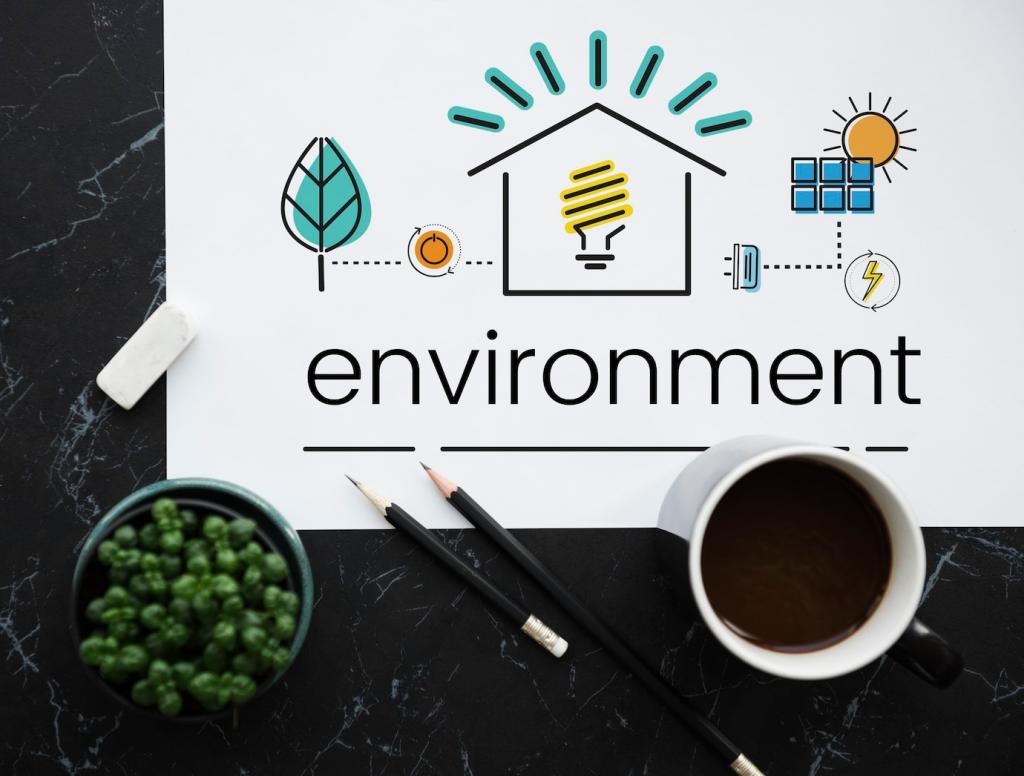Carbon, Climate, and the Timber Advantage
When trees grow, they draw carbon from the atmosphere. Used thoughtfully, timber keeps much of that carbon locked within buildings for decades. Pair that with responsible replanting, and forests can continue this cycle while providing renewable materials.
Carbon, Climate, and the Timber Advantage
A mid-sized library in one coastal town chose cross-laminated timber for warmth, speed, and a calmer construction site. Neighbors remember the scent of wood drifting down the street. Have a mass timber project to showcase? Drop a link and inspire others.
Carbon, Climate, and the Timber Advantage
Embodied carbon depends on forest practices, transport distances, durability, and end-of-life choices. Ask for transparent data and complete lifecycle assessments. Then share your findings with readers here, so others can specify better with confidence.
Carbon, Climate, and the Timber Advantage
Lorem ipsum dolor sit amet, consectetur adipiscing elit. Ut elit tellus, luctus nec ullamcorper mattis, pulvinar dapibus leo.






